AI in Australia: how it’s changing our jobs and what that means for you
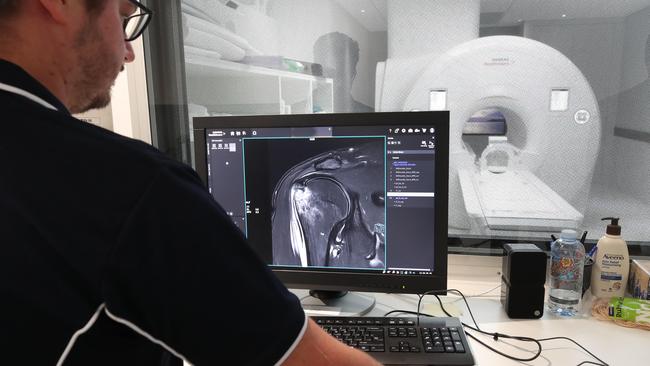
To understand the depth of AI’s impact, we must explore how jobs have evolved, which occupations have been lost, which are emerging, and what the future holds.
Jobs that have disappeared
Australia’s labour market has already felt the pressure of automation. According to the Australian Bureau of Statistics Labour force data, sectors like manufacturing and agricultural work have recorded significant declines.
Consider the manufacturing industry, which employed about 1,070,219 Australians in 1986 but has steadily shrunk to less than 878,000 by 2024. While this decrease may appear small, manufacturing jobs made up only 6 per cent of the total workforce in August 2024 compared to 15 per cent in August 1986. Over the same time, agriculture, forestry and fishing jobs also dropped by 4 percentage points as a total proportion of the workforce, from 6 per cent to 2 per cent.
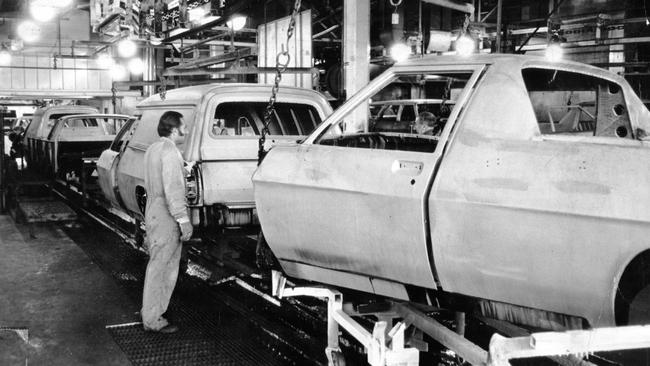
Routine assembly line jobs, like textile workers and automotive assemblers, have been replaced by automation. Similarly, clerical work, including roles like typists and file clerks, has dwindled as AI-powered systems automate data entry and documentation.
In August 1986, keyboard operators were the fourth-largest occupational group in Australia, with 125,000 workers. By 2024, this occupation has plummeted 80 ranks. Similarly, the number of secretaries has decreased to a quarter of its size from 38 years ago, falling from 107,000 workers to about 27,000 today.
In the transportation sector, drivers and delivery personnel are increasingly vulnerable as self-driving vehicles and drone deliveries move from experimental stages to commercial reality. Ride-sharing apps and AI logistics management have also reshaped traditional transport roles.
New occupations emerge
While some jobs are disappearing, others are rapidly growing, driven by the demand for AI expertise and new technologies. For example, the ABS reports a significant rise in healthcare and tech-related occupations.
Between 1986 and 2024, the healthcare and social assistance workforce has grown significantly, increasing from 567,000 to 2.25 million workers. As a share of the total workforce, these jobs have doubled from 8 per cent in 1986 to 16 per cent in 2024.
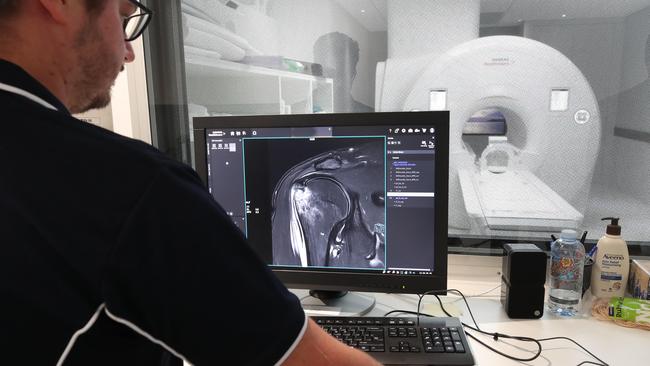
Similarly, the professional, scientific, and technical services workforce expanded from 287,000 to 1.31 million during the same period, increasing its proportion from 4 per cent to 8 per cent of the total workforce.
Roles like data scientists, AI specialists, and machine learning engineers have become essential as companies embrace AI to improve efficiency.
One standout example is cybersecurity. With the rise of AI comes the need for greater digital security, and cybersecurity experts are in high demand. The National Skills Commission predicts this field will grow by more than 25 per cent in the next decade. According to the labour force data, information communication and technology-related occupations have increased by 547 per cent from 54,000 in 1986 to 347,000 in 2024.
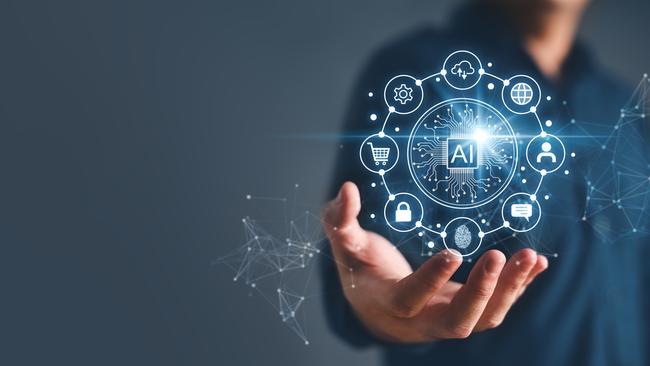
Similarly, jobs in the AI sector itself, such as AI trainers and ethicists, are also on the rise as businesses seek to manage the ethical complexities of AI-driven systems.
Automation and augmentation
AI doesn’t just eliminate jobs; it changes how work is done. AI is affecting low- to high-skill jobs differently. Low-skill jobs, such as cashiers and retail workers, have seen the most automation in their workplaces, as AI-powered kiosks and online shopping reduces the need for human labour. AI-driven warehouse robots are also replacing jobs in logistics, shifting low-skill tasks to machines.
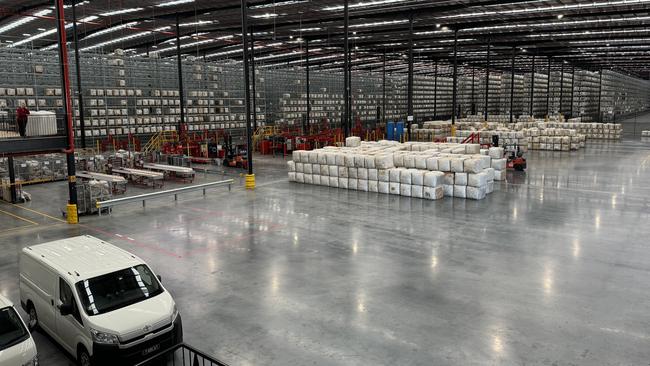
Mid-skill jobs are not immune either. Bookkeeping, financial advising, and even customer service roles have incorporated automation through AI-driven chatbots and machine learning algorithms that manage financial data and provide basic advice.
At the high-skill end, AI is often used for augmentation rather than full automation. For example, doctors now use AI tools to diagnose diseases with more accuracy, while lawyers use AI to review contracts. These tools don’t replace professionals but enhance their capacity to work more efficiently and effectively.
Looking ahead, jobs that rely on AI-human collaboration – like healthcare technologists or AI-assisted teachers – are expected to boom. These roles use AI to augment human expertise, improving decision-making and outcomes, while still requiring human oversight and empathy.
The limits of AI: what jobs are safe?
Despite its rapid development, AI has limitations. It struggles with tasks that require deep emotional intelligence, creativity, and complex human judgment. Jobs that involve personal care, such as nursing, mental health professionals, and aged care workers, are far less likely to be automated. These roles require empathy, decision-making in unpredictable environments, and nuanced understanding – skills that AI lacks.
The data also reflects this – aged and care workers have increased from 13,000 in 1986 to 334,000 in 2024. During the same period, psychologists also increased from 5000 to 55,000.
Creative industries are also less vulnerable to AI disruption. The number of workers in the arts and recreation services industry increased by 248 per cent between 1986 and 2024.
While AI can generate content, it cannot replicate the originality, emotional depth, and innovation that human creators bring to the table. Jobs in the arts, writing, and design are expected to remain largely human-driven, though some aspects might be augmented by AI.

Skills that will be in demand in the future
As AI continues to reshape the workforce, the future will belong to those who adapt.
The National Skills Commission emphasises that the most valuable skills will include digital literacy, critical thinking, and the ability to work alongside AI technologies. Professions that require managing and interpreting AI, such as AI specialists, engineers, and digital health professionals, are also set to expand.
Australia is facing an ageing population. Due to declining fertility rates and increasing life expectancies, the country has a smaller workforce and higher dependency ratios.
The average Australian woman now has 1.66 children, well below the replacement rate of 2.1. This means fewer young workers are entering the labour force, while more Australians are retiring. Life expectancy continues to rise, with men now living an average of 81.3 years and women 85.4 years, further exacerbating workforce shortages.
In this context, AI will be crucial in addressing labour gaps. It will automate routine tasks, freeing up workers to focus on higher-value activities. For example, AI could help Australia’s aged care sector, where there are severe staff shortages, by automating routine care tasks, allowing human workers to focus on personal care and emotional support.
AI’s role in augmenting skilled labour will help Australia navigate the challenges of an ageing population and a shrinking labour force.
By automating tasks that are difficult to staff and augmenting workers in critical sectors, AI can ensure that productivity remains high even as the workforce contracts. Migration trends, while important, may not be sufficient to fill the gap entirely, especially given Australia’s stringent immigration policies and the global competition for skilled workers.
In the coming years, the ability to harness AI will be essential, not just for businesses but for the country’s economic stability. AI won’t eliminate jobs entirely but will redefine them. Those who can adapt by learning new skills and working alongside AI will thrive, while the demand for human creativity, empathy, and leadership will remain strong.
Hari Hara Priya Kannan is a data scientist at The Demographics Group






Artificial intelligence is no longer a distant technology. It’s here, reshaping our work and industries at an accelerating pace. From automated check-outs to AI-driven logistics, everyday Australians are seeing first-hand how AI is transforming the job market. But what does this really mean for the average worker in Australia?